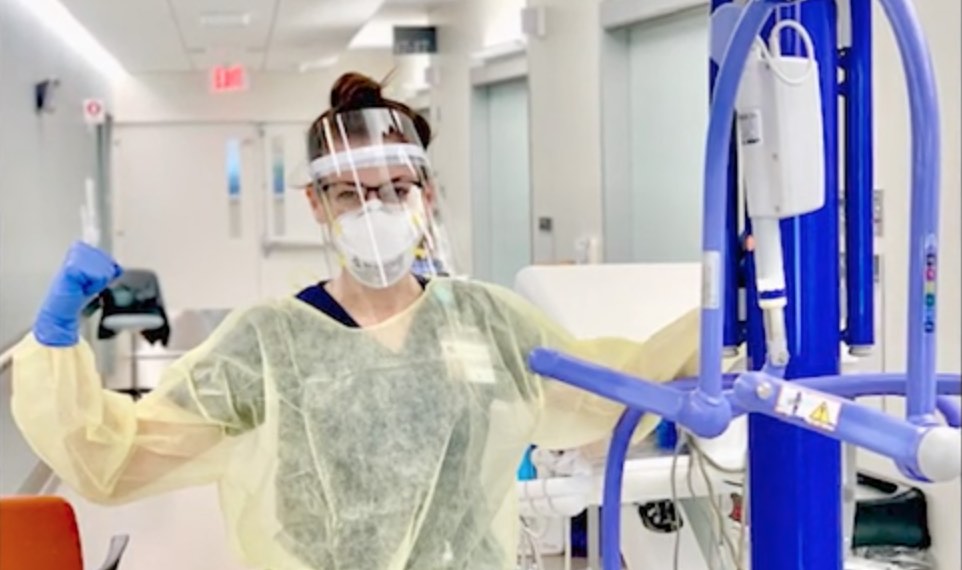Unsuspected coagulopathy seldom prevents stroke thrombolysis
Reuters Health • The Doctor's Channel Daily Newscast
December 24, 2009 • Critical Care, Emergency Medicine, Family Medicine, Internal Medicine, Medical Students, Neurology, Nurses/NP/PA, Pathology & Lab Medicine, Reuters Health • The Doctor's Channel Newscast
NEW YORK (Reuters Health) – Extremely few stroke patients have unsuspected coagulopathies that would prevent thrombolysis — a finding that supports the practice of starting the treatment without waiting for clotting results, researchers say.
In their paper in the December 8th issue of Neurology, the investigators note that the American Heart Association and the American Stroke Association both advise that as long as there is no known or suspected clotting disorder, stroke patients should be treated with tissue plasminogen activator (tPA) as quickly as possible, without waiting for clotting values. Data to support this practice, however, is lacking, according to the researchers.
Therefore, lead author Dr. Natalia S. Rost and colleagues from the Massachusetts General Hospital in Boston analyzed data on 470 patients who arrived in the emergency department (ED) within 3 hours of stroke onset. The subjects included 147 (31.3%) who received tPA in the ED, 102 (21.7%) who had an absolute contraindication, and 221 (47%) in whom there was a reason to consider withholding tPA.
The data review showed that overall, just 30 (6.4%) of the 470 subjects had an international normalized ratio (INR) of 1.7 or more, or platelets no higher than 100,000/microliter. Moreover, 28 of the 30 abnormal INRs were suspected beforehand, due to a known coagulopathy from disease or medication. Only 2 patients (0.4%) had an unsuspected coagulopathy that ultimately prevented thrombolysis.
“We found that patients without suspected coagulopathy represent a minor fraction of all patients who present within a time window for thrombolytic treatment for acute ischemic stroke,” Dr. Rost told Reuters Health. “In fact, only 0.4% patients had an unsuspected coagulopathy that ultimately prevented thrombolysis. These data support the current practice guidelines.”
She and her colleagues point out, “While the risk of harm due to initiating intravenous tPA prior to information on potential coagulopathy may be as high as 4-10 per 1000 patients…the benefit of early administration…may be up to 333 per 1000 patients.”
“These data should reassure clinicians that the benefits of early administration greatly outweigh the risk of harm due to an unsuspected bleeding diathesis,” Dr. Rost said.
Reference:
Neurology 2009;73:1957-1962.
In their paper in the December 8th issue of Neurology, the investigators note that the American Heart Association and the American Stroke Association both advise that as long as there is no known or suspected clotting disorder, stroke patients should be treated with tissue plasminogen activator (tPA) as quickly as possible, without waiting for clotting values. Data to support this practice, however, is lacking, according to the researchers.
Therefore, lead author Dr. Natalia S. Rost and colleagues from the Massachusetts General Hospital in Boston analyzed data on 470 patients who arrived in the emergency department (ED) within 3 hours of stroke onset. The subjects included 147 (31.3%) who received tPA in the ED, 102 (21.7%) who had an absolute contraindication, and 221 (47%) in whom there was a reason to consider withholding tPA.
The data review showed that overall, just 30 (6.4%) of the 470 subjects had an international normalized ratio (INR) of 1.7 or more, or platelets no higher than 100,000/microliter. Moreover, 28 of the 30 abnormal INRs were suspected beforehand, due to a known coagulopathy from disease or medication. Only 2 patients (0.4%) had an unsuspected coagulopathy that ultimately prevented thrombolysis.
“We found that patients without suspected coagulopathy represent a minor fraction of all patients who present within a time window for thrombolytic treatment for acute ischemic stroke,” Dr. Rost told Reuters Health. “In fact, only 0.4% patients had an unsuspected coagulopathy that ultimately prevented thrombolysis. These data support the current practice guidelines.”
She and her colleagues point out, “While the risk of harm due to initiating intravenous tPA prior to information on potential coagulopathy may be as high as 4-10 per 1000 patients…the benefit of early administration…may be up to 333 per 1000 patients.”
“These data should reassure clinicians that the benefits of early administration greatly outweigh the risk of harm due to an unsuspected bleeding diathesis,” Dr. Rost said.
Reference:
Neurology 2009;73:1957-1962.









